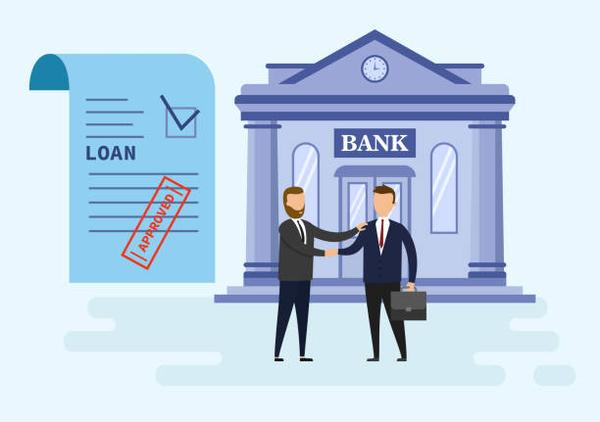The Impact of Interest Rates on Your Loan: What You Need to Know

Interest rates play a crucial role in determining the cost of borrowing money. Whether you are taking out a mortgage, car loan, or personal loan, the interest rate will have a significant impact on how much you ultimately pay back. Understanding how interest rates work and how they affect your loan is essential for making informed financial decisions.
When you apply for a loan, the lender will assess your creditworthiness and determine an appropriate interest rate based on factors such as your credit score, income level, and debt-to-income ratio. The interest rate is essentially the cost of borrowing money, expressed as a percentage of the total amount borrowed. A higher interest rate means you will pay more in interest over the life of the loan.
The Federal Reserve plays a key role in setting short-term interest rates through its monetary policy decisions. When the Fed raises or lowers its benchmark interest rate, it can have a ripple effect on other interest rates throughout the economy. For example, when the Fed raises its target federal funds rate, banks may increase their prime lending rates, which can lead to higher borrowing costs for consumers.
Fixed-rate loans have an interest rate that remains constant throughout the life of the loan. This provides borrowers with predictability and stability in their monthly payments. On the other hand, variable-rate loans have an interest rate that can fluctuate over time based on changes in market conditions. While variable-rate loans often start with lower initial rates than fixed-rate loans, there is always the risk that rates could rise significantly in the future.
The impact of interest rates on your loan can be significant. Even small differences in your interest rate can add up to thousands of dollars over time. For example, consider a 30-year mortgage for $250,000 with an interest rate of 4% versus 5%. The total cost of borrowing at 4% would be approximately $179,674 compared to $233,139 at 5%, resulting in nearly $54,465 more paid in interest over the life of the loan.
1) Improve your credit score: A higher credit score can help you qualify for lower interest rates. 2) Shop around: Compare offers from multiple lenders to ensure you are getting competitive terms. 3) Consider refinancing: If market conditions improve or your financial situation changes, refinancing may allow you to secure a lower-interest-rate loan. 4) Make extra payments: Paying down your principal faster can save you money on interest charges over time.


